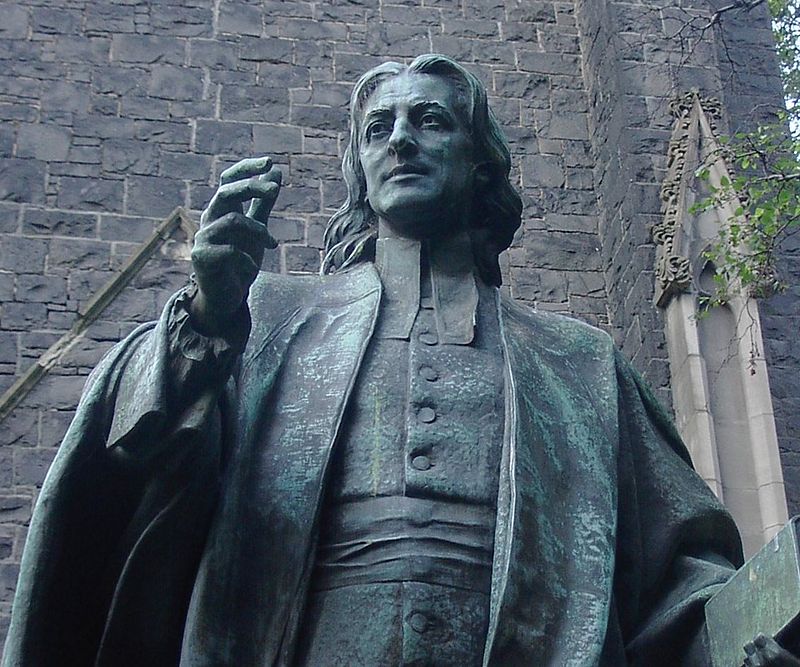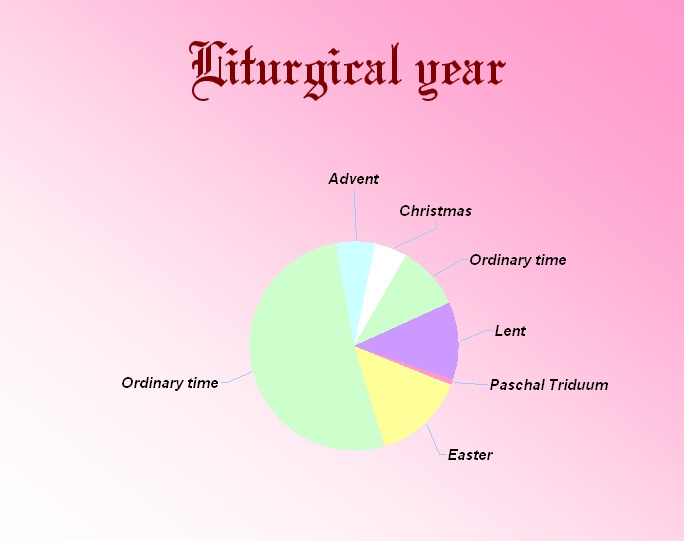
* * * *

We’re just starting the 12th full week of the COVID-19 pandemic…
Meanwhile, May 31, 2020, was Pentecost Sunday. That’s the 49th day (seventh sunday) after Easter Sunday, and it commemorates “the descent of the Holy Spirit upon the Apostles and other followers of Jesus Christ while they were in Jerusalem celebrating the Feast of Weeks.” (As described in the Acts of the Apostles (Acts 2:1–31.)
It’s also known as the Birthday of the Church, as noted in 2015’s Pentecost – “Happy Birthday, Church.” There’s more on Pentecost below, but first I want to talk about one of the Daily Bible Readings for last Friday, May 29.
It was from Paul’s Epistle to the Ephesians. (The church at Ephesus, an “ancient Greek city on the coast of Ionia, three kilometres southwest of present-day Selçuk in İzmir Province, Turkey.) And notably the “theme may be stated pragmatically as ‘Christians, get along with each other!‘” But the verse that caught my eye – last Friday – was Ephesians 5:10.
In the New Revised Standard Version, “Try to find out what is pleasing to the Lord.” But see also the Berean Study Bible: “Test and prove what pleases the Lord.” And the Weymouth New Testament reads, “learn in your own experiences what is fully pleasing to the Lord.”
In other words, Bible study – and following The Faith of Christ – is not a matter of fitting yourself into a pre-formed cubby hole, or becoming a “carbon-copy Christian.” It’s a matter of finding out what the Bible means to you, as an individual. (“We are supposed to create nimshalim for ourselves,” as noted in On three suitors (a parable).) And all that was pretty much what I was trying to say – again – in my last post “As a spiritual exercise:”
What matters is what you do with your faith and your life. What matters is how you follow the Bible… In other words if you work with [a] kind of “canary in a coal mine” spiritual exercise you could end up with all the proof you need: That there is a God, who is willing to work with you, and a “happy ending…”
So Ephesians 5:10 supports my theory that “the ‘factual accuracy’ of the Bible is pretty much irrelevant to an advanced Christian faith.” That is, a faith that goes “beyond the fundamentals” and doesn’t require that every word in the Bible be “inerrant.” (So too it seems to me that it “doesn’t seem to matter if a so-called expert found the actual ark used by Noah.”)
Note also Ellicott’s Commentary for English Readers, which said “to prove” is a work partly of thought and “partly of practical experience.” Or consider the Pulpit Commentary:
To prove is to ascertain by test and experiment. Our whole walk should be directed to finding out what things are pleasing to Christ… We are not to follow the tradition of our people, and not to take a vague view of duty; we are to prove the matter, to put it to the test. For the supreme practical rule of the Christian’s life must be to please Christ.
Which in turn is supported by 1st Thessalonians 5:21. In the Good News Translation, “Put all things to the test: keep what is good.” And in the Aramaic Bible in Plain English, “Explore everything and hold what is excellent.” Or as I said in On reading the Bible:
That’s what this blog is about: Developing into more than just someone who knows the bare “fundamentals.” Which is another way of saying that by reading the Bible with an open mind, you can reap its full benefit and do all that God intended for you to do.

Then there’s the Wesleyan Quadrilateral. That’s a method of theological reflection – of personal spiritual growth – credited to John Wesley. (At right.) Wesley said that there are four sources available for such personal spiritual growth: Scripture, tradition, reason, and Christian experience:
Apart from scripture, experience is the strongest proof of Christianity… Wesley insisted that we cannot have reasonable assurance of something unless we have experienced it personally… Although traditional proof is complex, experience is simple… Although tradition establishes the evidence a long way off, experience makes it present to all persons.
Note that Scripture – the Bible – “is the first authority and contains the only measure whereby all other truth is tested.” Which brings us back to Pentecost Sunday. And, “from an historical point of view, Pentecost is the day on which the church was started.”
Thus “Happy Birthday, Church!”
Pentecost also marks the start of “Ordinary Time,” as it’s called in the Catholic Church. And that “Ordinary Time” takes up over half the church calendar year, as shown in the chart below.
That “long season” started May 31st, and will end on November 29, the First Sunday of Advent 2020. And the Pentecost described in Acts 2 (v. 1- 41) “was a momentous, watershed event.”
For the first time in history, God empowered “all different sorts of people for ministry. Whereas in the era of the Old Testament, the Spirit was poured out almost exclusively on prophets, priests, and kings,” on the Day of Pentecost the Holy Spirit went to “‘all people.’ All would be empowered to minister regardless of their gender, age, or social position.”
Which is a pretty good way to celebrate the Birthday of the Church…
* * * *

* * * *
The upper image is courtesy of Try Learn What Is Pleasing To The Lord – Image Results.
Re: Weeks of the COVID-19 pandemic. See St. Philip and St. James – May, 2020. I figured the “stuff hit the fan” on Thursday, March 12, “when the ACC basketball tournament got cancelled.” Thus, “my definition of the ‘First Full Week of the Covid-19 Pandemic’ has it starting on Sunday, March 15.“
Text and images on Pentecost were gleaned from prior posts, On the readings for Pentecost (6/8/14); On Pentecost – “Happy Birthday, Church!” (2015); and Ascension Day and Pentecost – 2016.
The full Bible readings for Friday, May 29, 2020 are: “AM Psalm 102; PM Psalm 107:1-32, Jeremiah 31:27-34; Ephesians 5:1-20; and Matthew 9:9-17.
Re: Pentecost and the Holy Spirit given to all. See What is Pentecost? Why Does It Matter? – Patheos.
The John Wesley image is courtesy of Wikipedia. Caption: “Statue of Wesley outside Wesley Church in Melbourne, Australia.”
See the Ordinary Time image in 2015’s Pentecost – “Happy Birthday, Church.”